Home>Renovation & DIY>Tools & Equipment>What Type Of Wrench Cannot Be Used As A Screwdriver?
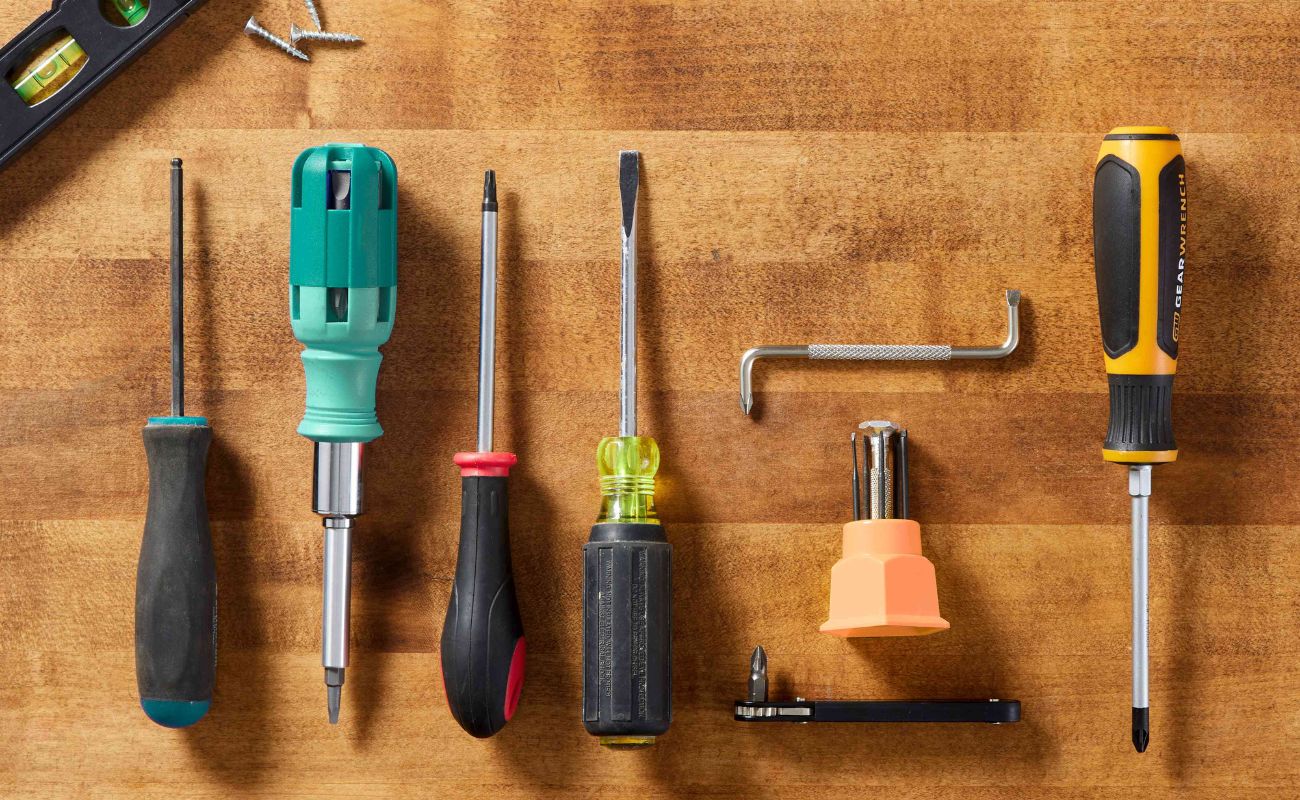

Tools & Equipment
What Type Of Wrench Cannot Be Used As A Screwdriver?
Published: December 19, 2023
Discover the important tools and equipment needed in your toolbox. Learn about the wrench that cannot be used as a screwdriver!
(Many of the links in this article redirect to a specific reviewed product. Your purchase of these products through affiliate links helps to generate commission for Storables.com, at no extra cost. Learn more)
Introduction
When it comes to tools and equipment, using the right tool for the job is essential. Whether you’re a DIY enthusiast or a professional tradesperson, having a comprehensive understanding of the tools at your disposal is crucial for efficiency, safety, and achieving excellent results.
One of the most common tools found in any toolbox is the wrench. Wrenches come in various shapes and sizes, each designed for specific tasks and applications. A wrench is a versatile tool that is primarily used for tightening or loosening nuts, bolts, and other fasteners.
On the other hand, a screwdriver is another indispensable tool that is primarily used for driving or removing screws. Screwdrivers are available in different types to accommodate various screw heads, such as flat-head, Phillips, Torx, and Allen.
While a wrench and a screwdriver may seem similar in some ways, they have distinct characteristics and purposes. It is crucial to understand these differences to ensure the safe and efficient use of these tools. In this article, we will explore the types of wrenches available and discuss why not all wrenches can be used as screwdrivers.
Key Takeaways:
- Using the right tool is crucial for efficiency, safety, and quality. Wrenches and screwdrivers have distinct purposes, and understanding their differences ensures optimal tool selection and usage.
- Not all wrenches can be used as screwdrivers. Attempting to substitute a wrench for a screwdriver can lead to inefficiency, safety hazards, and potential damage to the tool or workpiece. Always choose the appropriate tool for the task at hand.
Read more: What Are The Different Types Of Screwdriver
Importance of Using the Right Tool
Using the right tool for a specific task is of utmost importance when it comes to performing any job efficiently and effectively. Here are a few reasons why using the right tool is crucial:
- Efficiency: Each tool is designed to perform specific functions, and using the appropriate tool ensures that the task can be completed in the most efficient manner. Trying to use a different tool for a particular job can lead to time wastage, frustration, and ultimately poor results.
- Safety: Using the wrong tool can pose serious safety hazards. Tools are designed with specific features to ensure safe usage. Failure to use the right tool for a given task can lead to accidents, injury, or damage to the tool itself.
- Durability: When tools are used as intended, they tend to last longer. Using the wrong tool in an improper way can lead to premature wear and tear, reducing the tool’s lifespan, and requiring frequent replacements.
- Quality: Each tool is engineered to deliver optimal performance for a specific task. Using the right tool ensures that the job is completed with precision and accuracy, resulting in high-quality workmanship.
With these factors in mind, it is evident that using the right tool is vital for completing tasks efficiently, safely, and with the desired level of quality. This principle applies not only to wrenches but to all tools and equipment in general.
Types of Wrenches
Wrenches are available in a variety of types, each designed to suit different applications and provide optimal gripping and turning capabilities. Here are some of the most common types of wrenches:
- Adjustable Wrench: Also known as a crescent wrench, this versatile tool features an adjustable jaw that can be tightened or loosened to fit different sizes of nuts and bolts. It is commonly used for general-purpose tasks and is a staple in most toolboxes.
- Combination Wrench: This type of wrench has a closed-end jaw on one side and an open-end jaw on the other. It offers the ability to work with different sizes of fasteners and provides a tighter grip compared to adjustable wrenches.
- Socket Wrench: A socket wrench comprises a handle and various interchangeable socket heads. This allows for effortless removal or tightening of bolts and nuts. Socket wrench sets often come in metric and standard sizes.
- Box-End Wrench: This wrench has a closed, box-like end that fully encloses the fastener, providing better grip and torque delivery. It is commonly used for heavy-duty applications and is less likely to slip compared to open-end wrenches.
- Open-End Wrench: This wrench has U-shaped ends, with each end having a different size. It is used for quick jobs and provides clearance in tight spaces where other wrenches may not fit.
- Ratcheting Wrench: A ratcheting wrench features a ratcheting mechanism that allows for continuous turning without removing the wrench from the fastener. This saves time and effort, especially in tight spaces.
- Torque Wrench: A torque wrench is designed with a built-in mechanism that measures and limits the applied torque accurately. It is widely used in automotive and mechanical applications to ensure proper tightening of fasteners.
These are just a few examples of the many types of wrenches available in the market. Each type has its own advantages and is suitable for specific tasks, making it important to choose the right wrench for the job at hand.
Characteristics of a Screwdriver
Screwdrivers are essential tools used for driving or removing screws. They come in various sizes and types to accommodate different screw heads, and each screwdriver has specific characteristics that make it suitable for various applications. Here are some key characteristics of a screwdriver:
- Head Type: Screwdrivers are designed with different head types to match specific screw heads. Common head types include flat-head (slotted), Phillips, Torx, and Allen (hex). Choosing the right screwdriver with the appropriate head type ensures proper engagement with the screw head, preventing damage or stripping.
- Size: Screwdrivers come in different sizes to fit screws of various diameters. The size is typically indicated by the width and length of the blade or the tip of the screwdriver. Using the correct size ensures a proper fit, preventing slippage and damage to the screw head.
- Handle: The handle of a screwdriver should provide a comfortable grip for ease of use and to prevent hand fatigue during extended periods of use. Handles can be made of various materials, including plastic, rubber, or ergonomic designs with cushioned grips for added comfort and control.
- Shaft Material: The shaft of a screwdriver can be made of different materials, such as hardened steel or chrome-plated steel. A durable shaft ensures longevity and prevents bending or breaking during use.
- Magnetic Tip: Some screwdrivers have a magnetic tip, which helps in holding screws securely, preventing dropping or misalignment while working in tight spaces.
- Shaft Length: Screwdrivers are available in different shaft lengths, ranging from short stubby versions to long-shafted models. Choosing the right shaft length is crucial for accessing screws in various locations or when working in deep recesses.
- Quality: The quality of a screwdriver determines its durability, reliability, and overall performance. Investing in high-quality screwdrivers ensures they can withstand regular use and maintain their effectiveness over time.
These characteristics collectively contribute to the functionality and suitability of a screwdriver for specific tasks. Selecting the right screwdriver based on these characteristics ensures efficient and accurate screw driving, reducing the risk of damage to both the tool and the workpiece.
A pipe wrench cannot be used as a screwdriver. It is designed for gripping and turning pipes, not for driving screws. Using it as a screwdriver can damage the wrench and the screw.
Difference between a Wrench and a Screwdriver
While both wrenches and screwdrivers are essential tools found in any toolbox, there are several key differences between them. Here are some notable distinctions:
- Function: A wrench is primarily used for tightening or loosening nuts, bolts, and other fasteners, while a screwdriver is specifically designed for driving or removing screws. The primary function of a wrench is rotational force, while a screwdriver provides linear force to turn screws.
- Design: Wrenches typically have a long handle with a fixed or adjustable jaw that grips fasteners, allowing for mechanical advantage and torque application. On the other hand, screwdrivers have a shorter handle with a blade or tip that fits into the slot, head, or recess of a screw.
- Gripping Mechanism: Wrenches employ various gripping mechanisms, such as adjustable jaws, open-end or box-end heads, or socket heads, to securely hold fasteners. Screwdrivers, on the other hand, rely on the shape and size of their tips to engage with the corresponding screw head.
- Usage: Wrenches are commonly used in mechanical and plumbing applications, as well as in automotive repair, where they are essential for assembly, disassembly, and maintenance tasks. Screwdrivers are essential for a wide range of tasks, from household repairs and electrical installations to woodworking projects.
- Versatility: While there are different types of wrenches available for specific tasks, their functionality is generally limited to fasteners such as nuts and bolts. Screwdrivers, however, are more versatile due to the wide variety of screw types and sizes they can accommodate.
- Force Application: Wrenches typically require a pulling or pushing action to apply torque to the fastener. In contrast, screwdrivers are used by applying downward pressure and turning motion to drive or remove screws.
Understanding the differences between wrenches and screwdrivers is crucial for selecting the right tool for a specific task. Consistently using the appropriate tool ensures efficient and accurate work, reduces the risk of damage to fasteners and workpieces, and promotes overall safety.
Read more: What Type Of Simple Machine Is A Screwdriver
Wrenches That Cannot Be Used as a Screwdriver
While wrenches are versatile tools that can handle a wide range of fastening tasks, not all types of wrenches are suitable for use as a screwdriver. Here are some wrenches that cannot be used as a screwdriver:
- Adjustable Wrench: While adjustable wrenches are incredibly versatile, with their adjustable jaws to accommodate different fastener sizes, they do not have the required tip or blade necessary to engage with screw heads.
- Box-End Wrench: Box-end wrenches have closed, box-like ends, which provide a better grip and torque delivery compared to other wrench types. However, their closed-end design makes them unsuitable for use as a screwdriver.
- Open-End Wrench: Open-end wrenches have U-shaped ends with a different size on each end. While they can be used for quick fastening or loosening tasks, their design does not allow for engagement with screw heads.
- Socket Wrench: A socket wrench is a versatile tool that utilizes socket heads to work with different sizes of nuts and bolts. Although the socket heads resemble screws, the shape and functionality differ, making socket wrenches unsuitable as screwdrivers.
- Ratcheting Wrench: Ratcheting wrenches are known for their convenience and quick operation thanks to the ratcheting mechanism. However, they lack the necessary blade or tip required to drive or remove screws.
- Torque Wrench: Torque wrenches are specialized tools that allow accurate torque application for tightening fasteners to specific specifications. While torque wrenches require precision, they are not designed for driving or removing screws.
It is essential to note that using a wrench as a substitute for a screwdriver can be risky. Attempting to use the wrong tool can damage the screw head, strip the screw or cause injury to the user. It is always advisable to use the appropriate tool for the intended function or seek an appropriate screwdriver instead.
By understanding the limitations of different wrench types and using them for their intended purposes, you can ensure safety, prevent damage to the tool and workpiece, and achieve efficient and accurate results.
Conclusion
Selecting and using the right tool for the job is crucial for efficiency, safety, and achieving excellent results. While wrenches and screwdrivers are both vital tools found in any toolbox, they serve different purposes and have distinct characteristics.
Wrenches are primarily used for tightening or loosening nuts, bolts, and other fasteners, while screwdrivers are designed specifically for driving or removing screws. Understanding the differences between these tools helps ensure proper tool selection and usage.
Various types of wrenches are available, including adjustable wrenches, combination wrenches, socket wrenches, box-end wrenches, open-end wrenches, ratcheting wrenches, and torque wrenches. Each type has specific features and applications.
On the other hand, screwdrivers come in different head types, sizes, handle designs, and materials. They are versatile tools used for a wide range of tasks that involve screws.
It’s important to note that not all wrenches can be substituted for a screwdriver. Wrenches such as adjustable wrenches, box-end wrenches, open-end wrenches, socket wrenches, ratcheting wrenches, and torque wrenches lack the necessary features to engage with screw heads properly.
Remember, using the wrong tool for a specific task can lead to inefficient work, safety hazards, and damage to the tool or workpiece. Always choose the appropriate tool to ensure efficient, safe, and high-quality work.
In conclusion, having a comprehensive understanding of wrenches and screwdrivers, their characteristics, and their intended applications allows for effective tool selection, promotes safety, and ensures optimal results. So, next time you’re faced with a project, be sure to use the right tool for the job and make your work easier and more rewarding.
Frequently Asked Questions about What Type Of Wrench Cannot Be Used As A Screwdriver?
Was this page helpful?
At Storables.com, we guarantee accurate and reliable information. Our content, validated by Expert Board Contributors, is crafted following stringent Editorial Policies. We're committed to providing you with well-researched, expert-backed insights for all your informational needs.
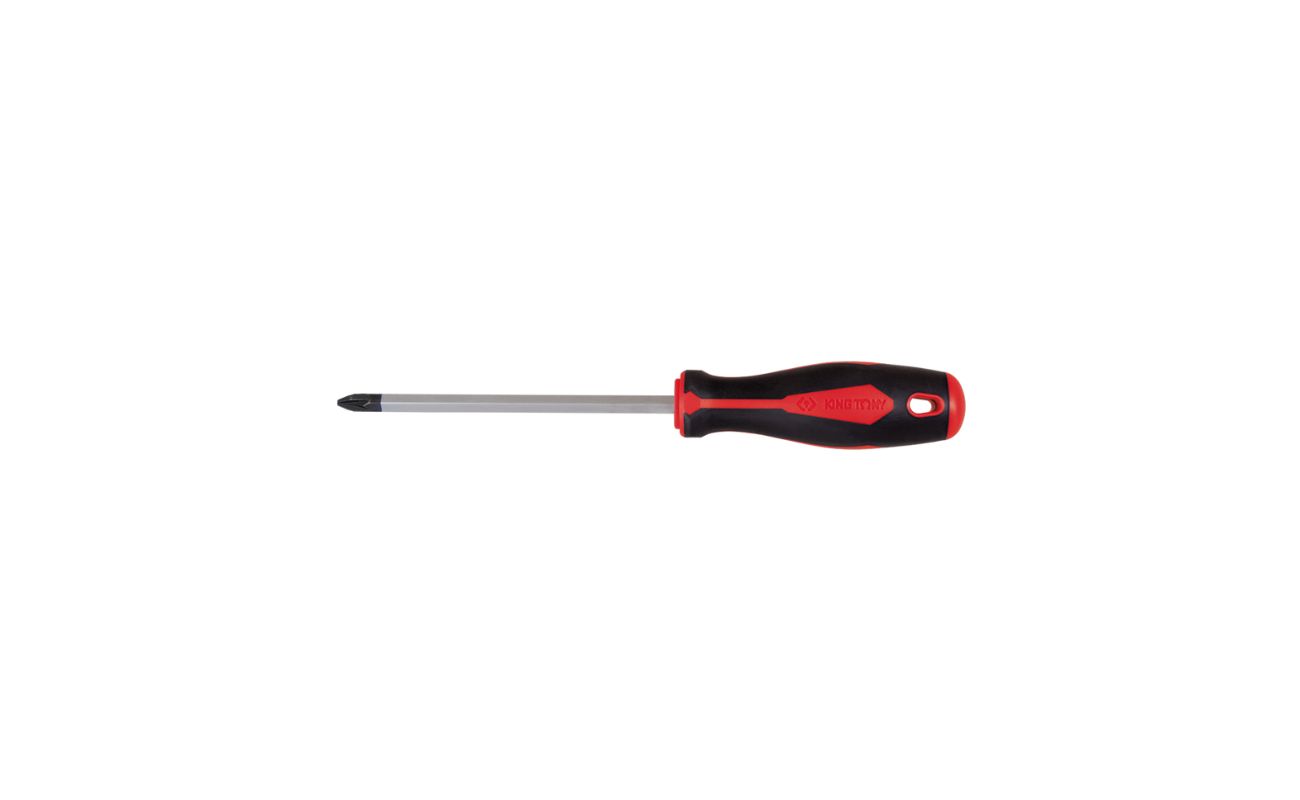
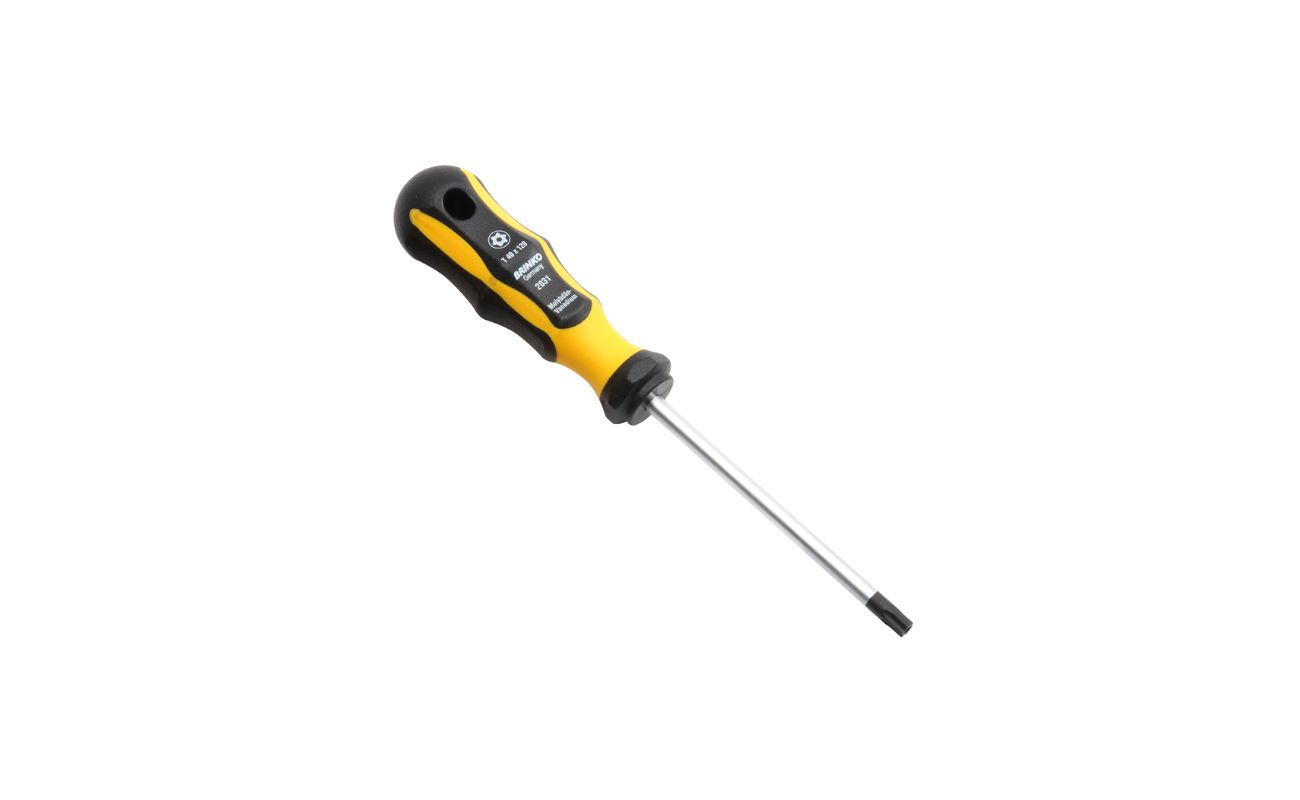
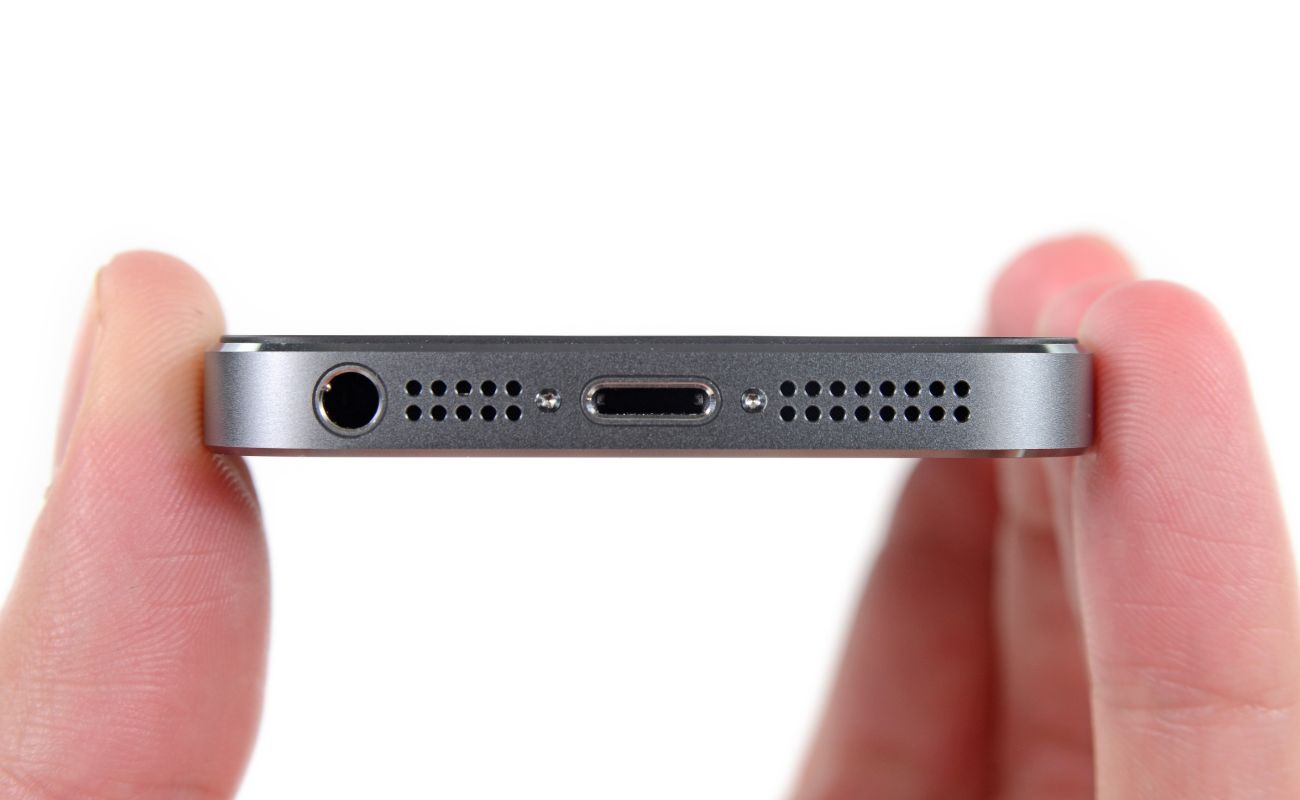
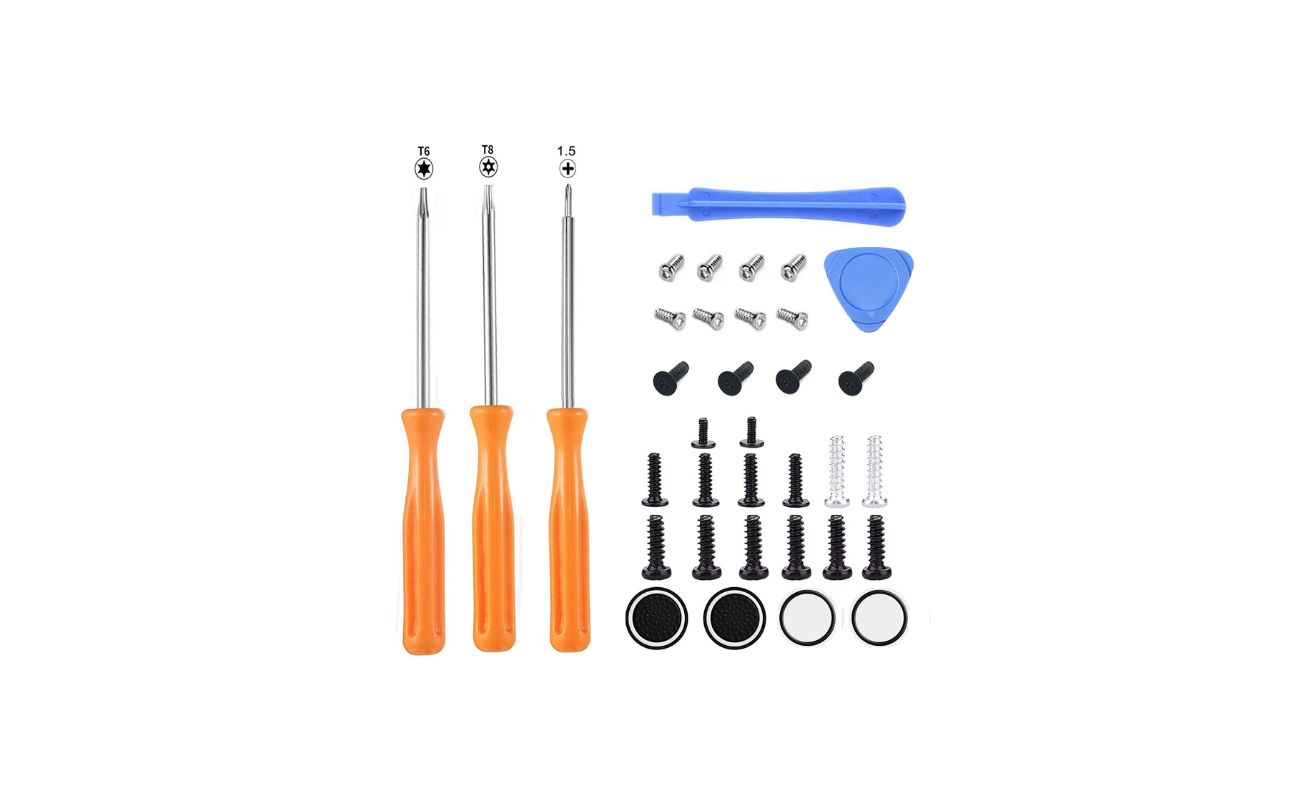
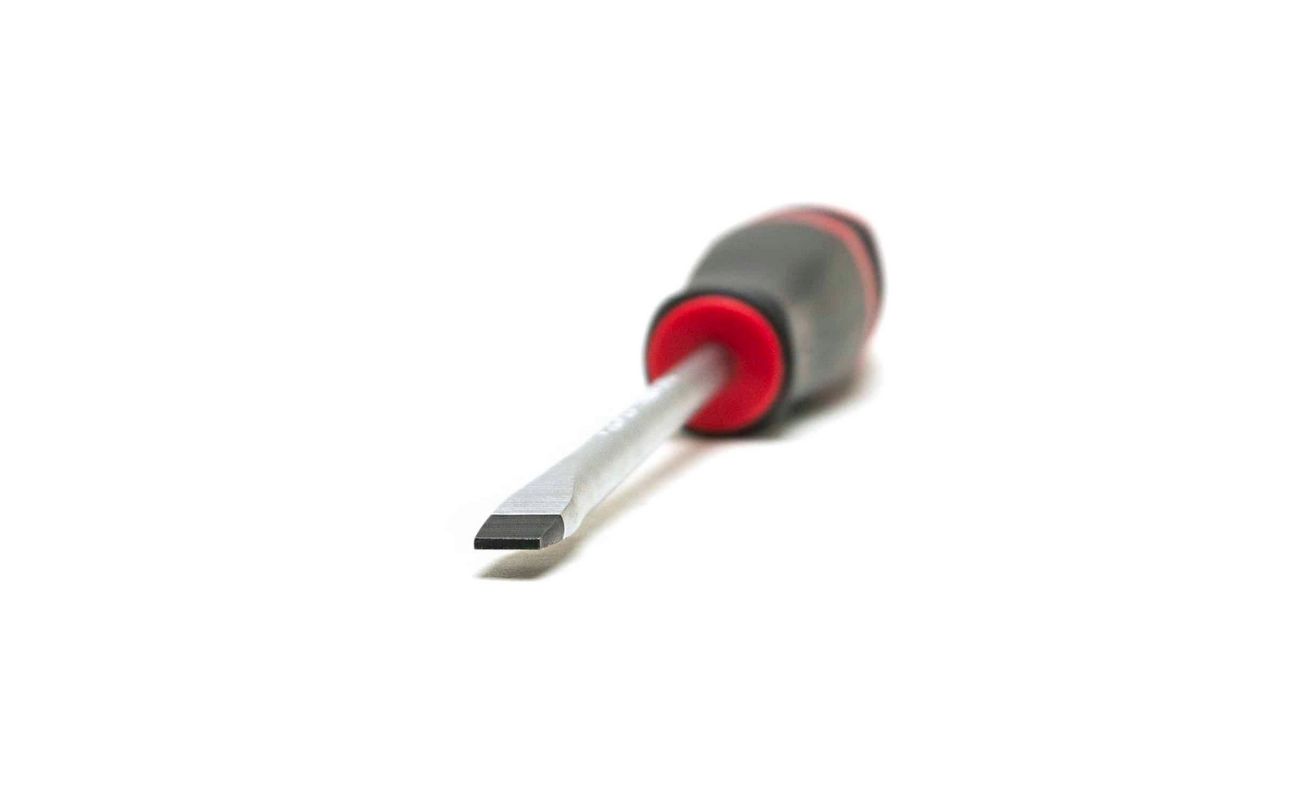
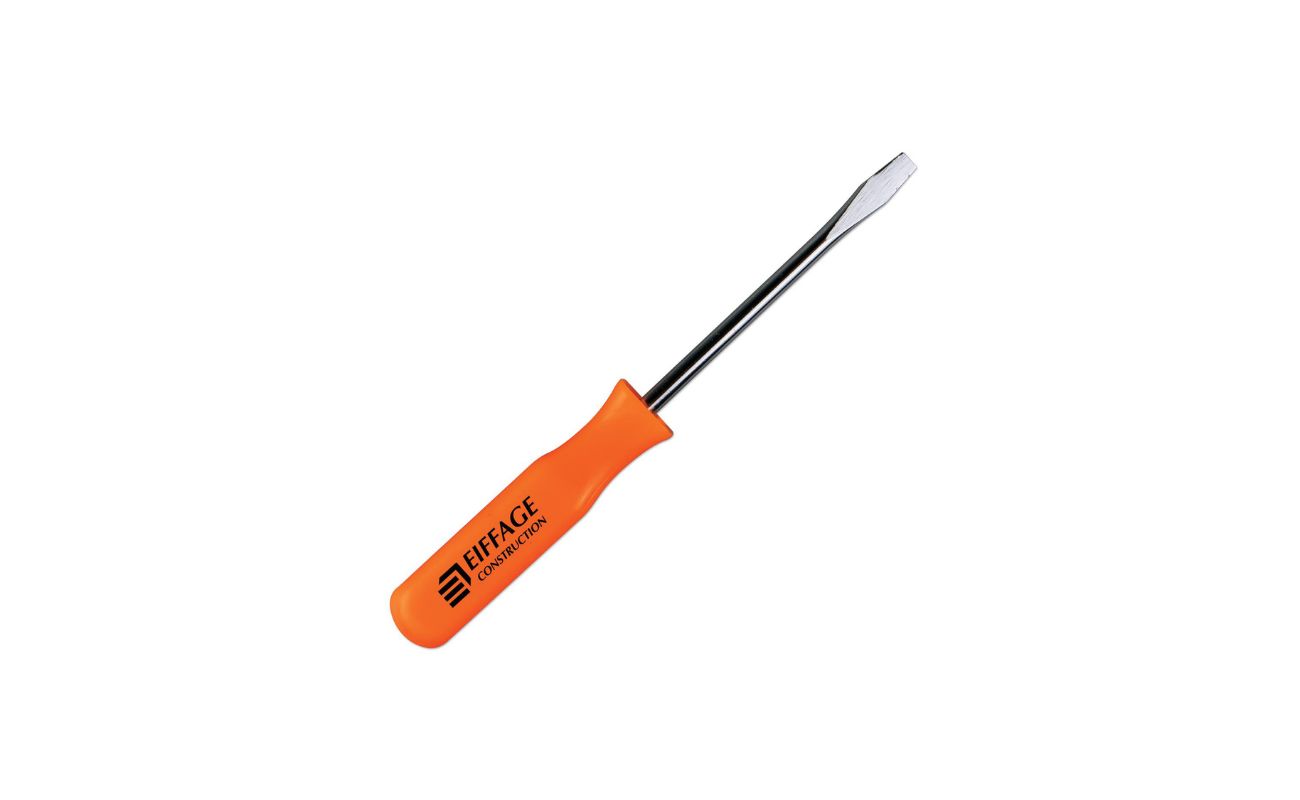
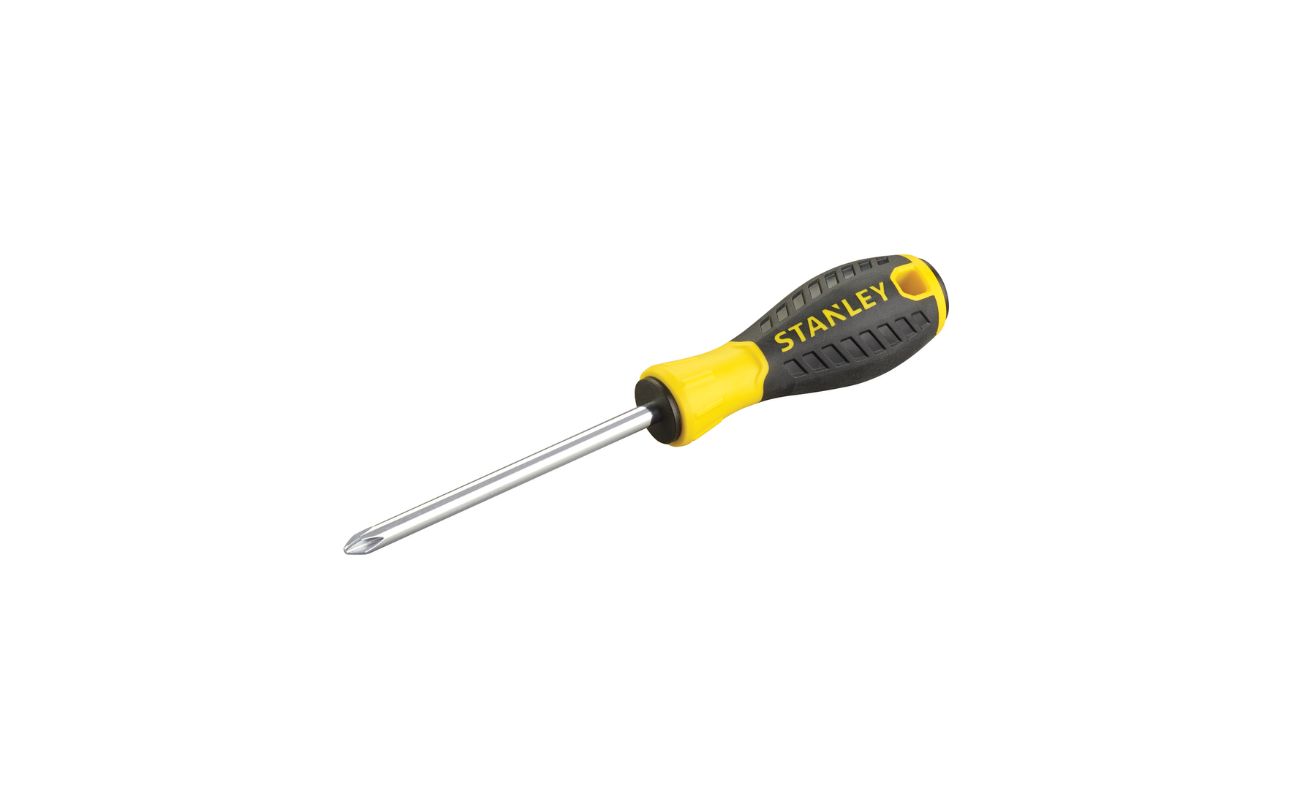
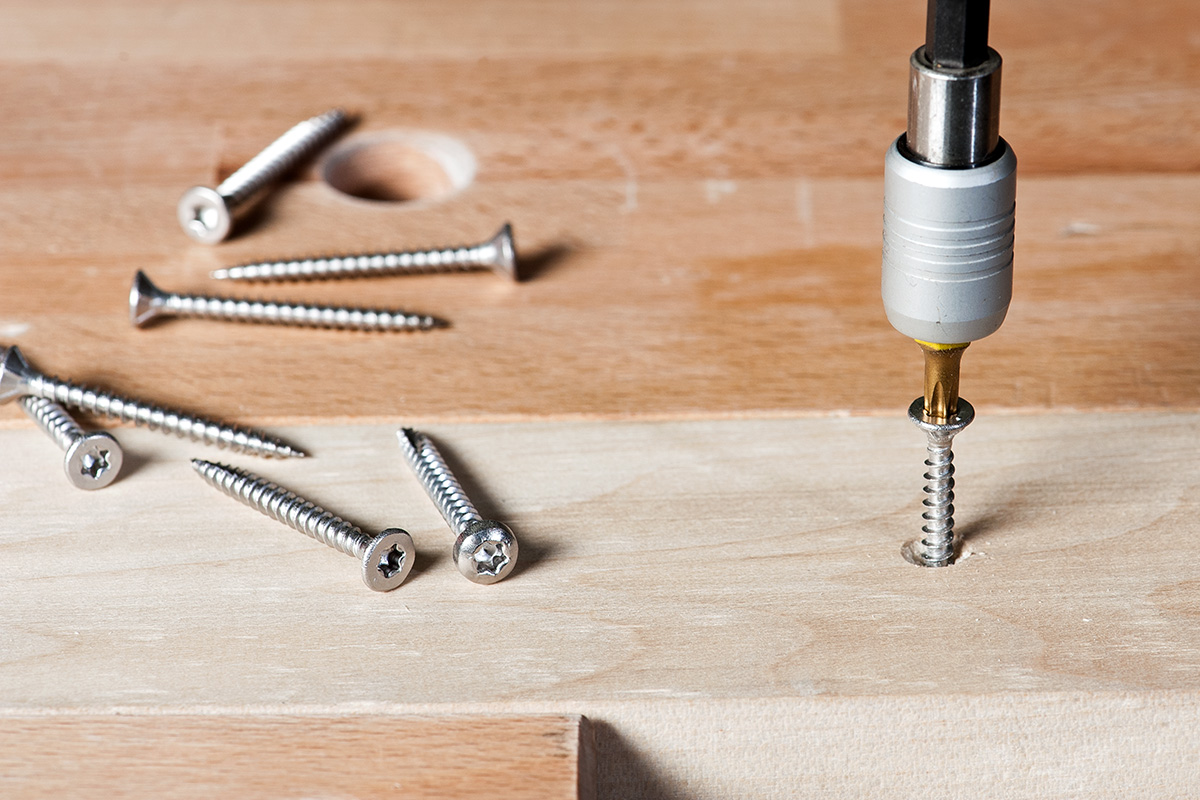
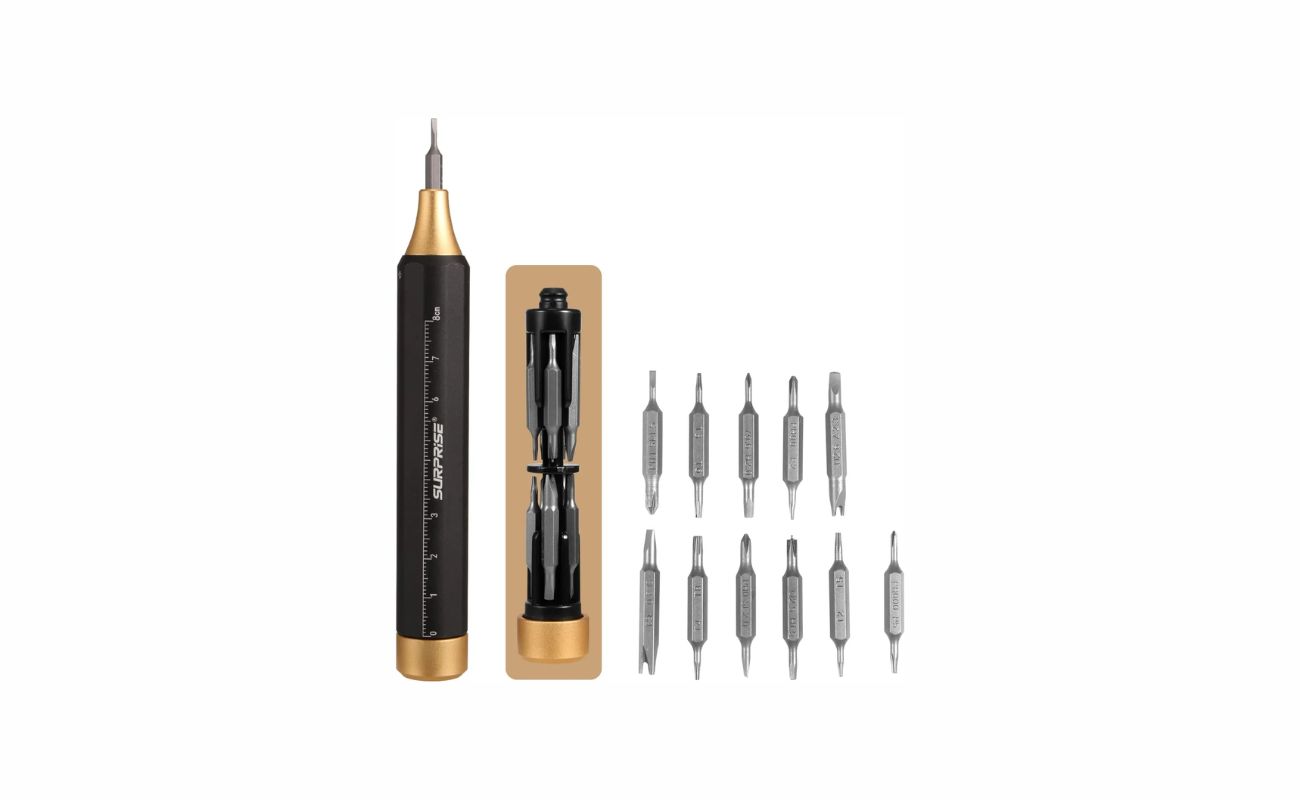

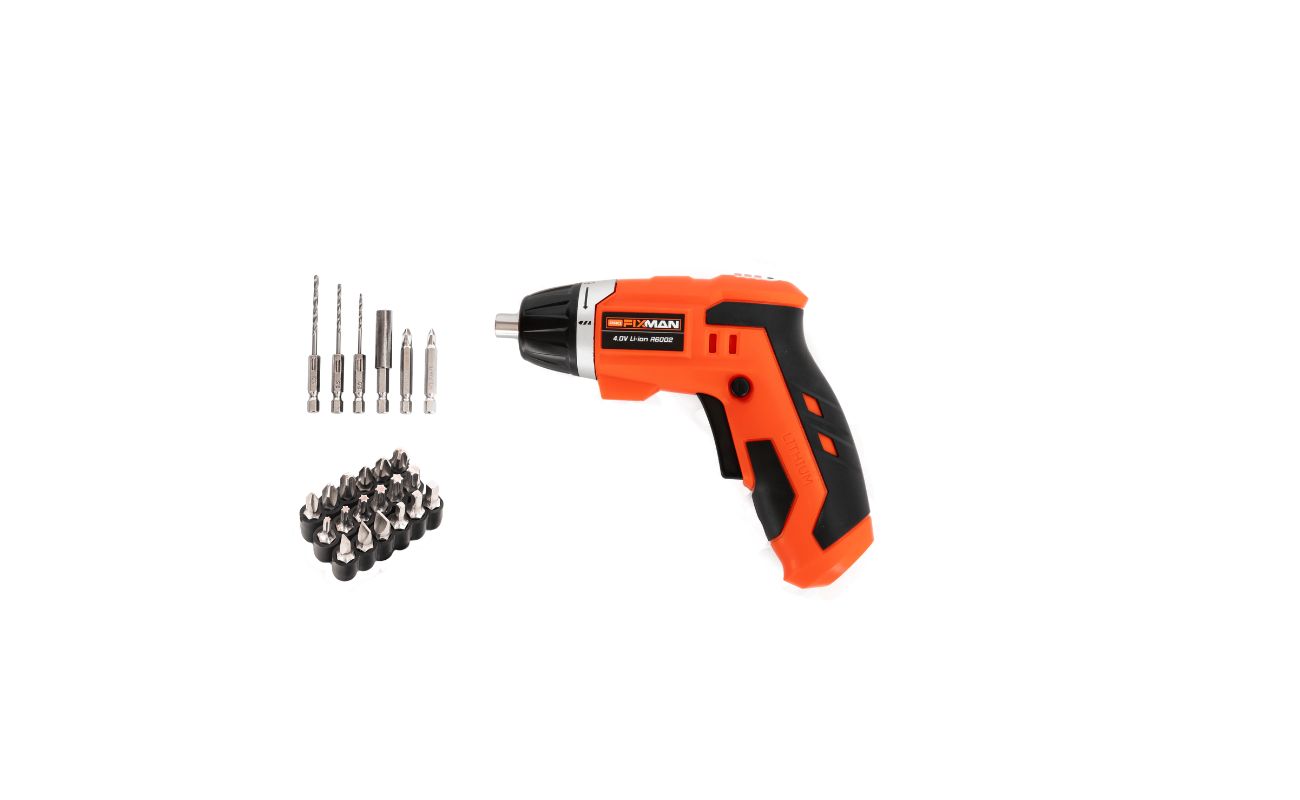
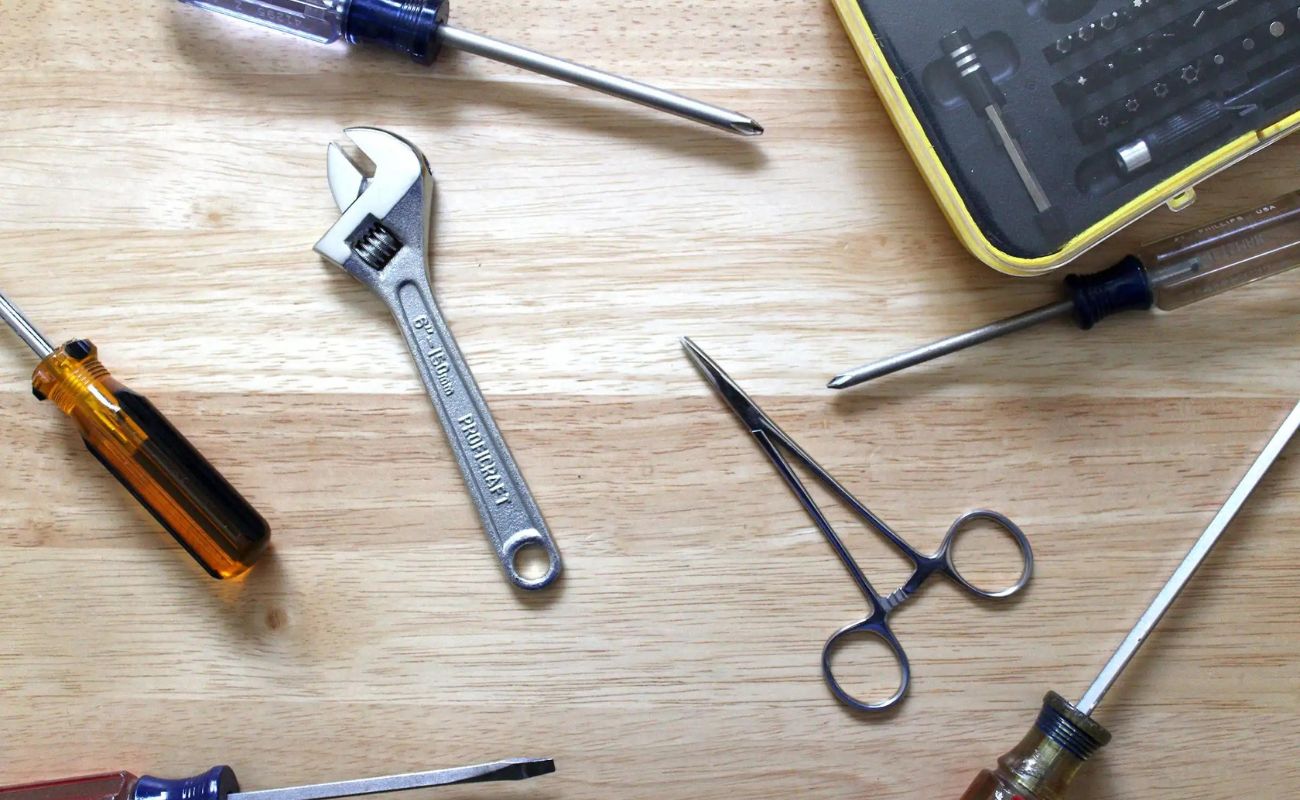
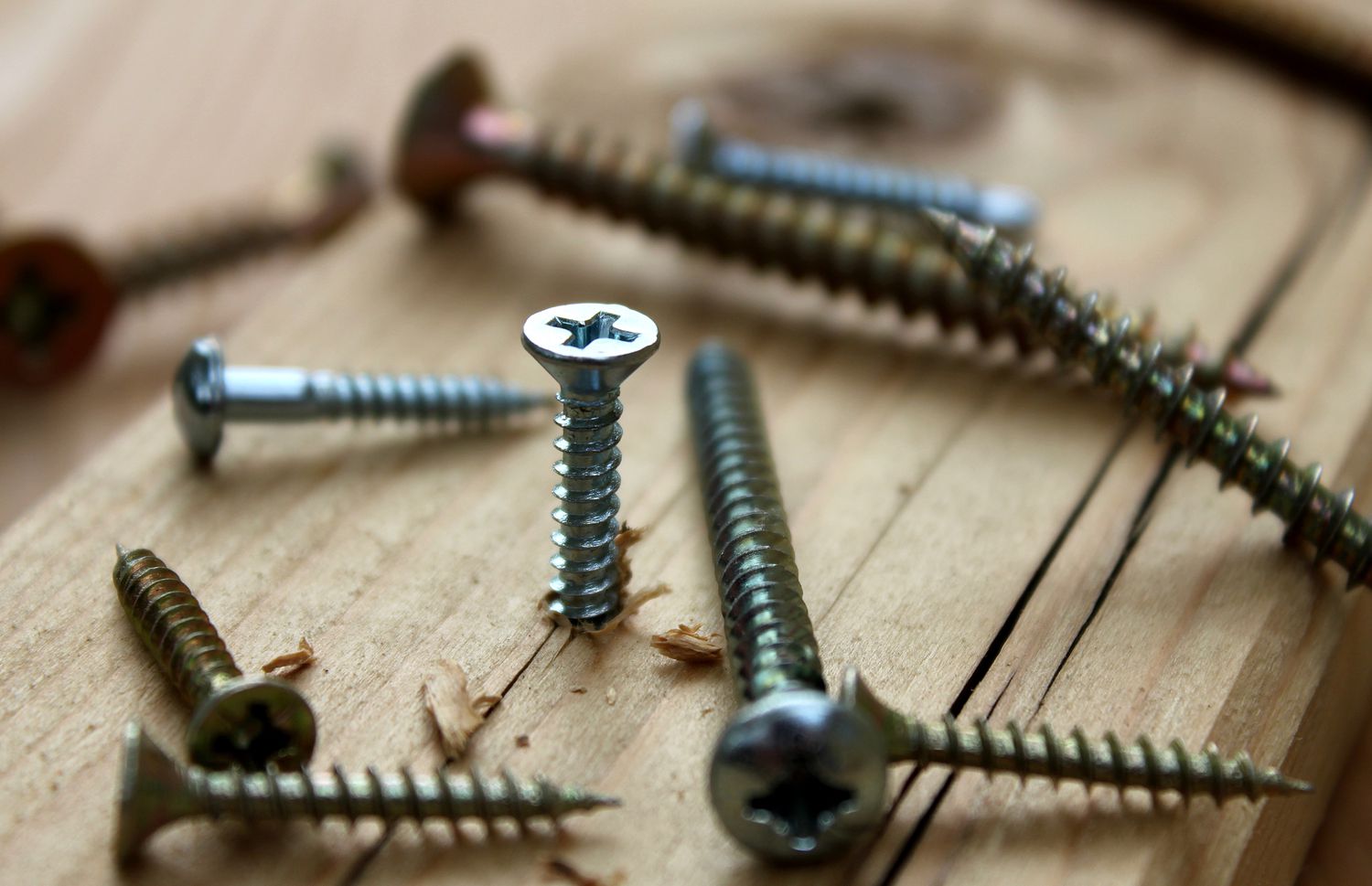
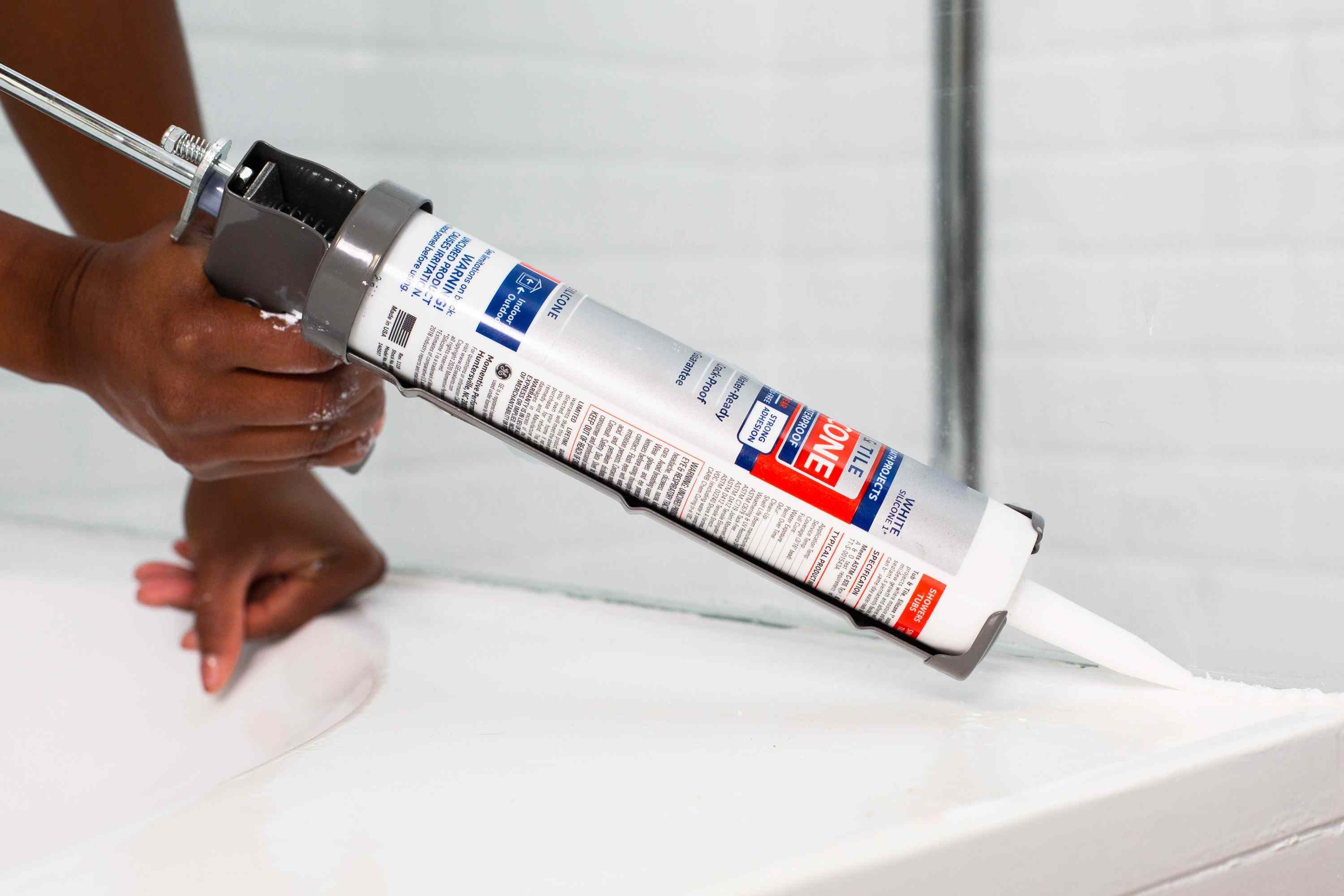

0 thoughts on “What Type Of Wrench Cannot Be Used As A Screwdriver?”